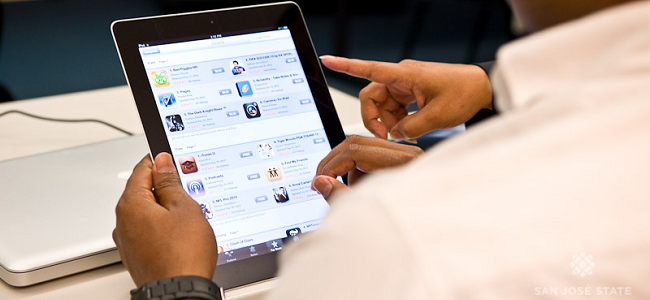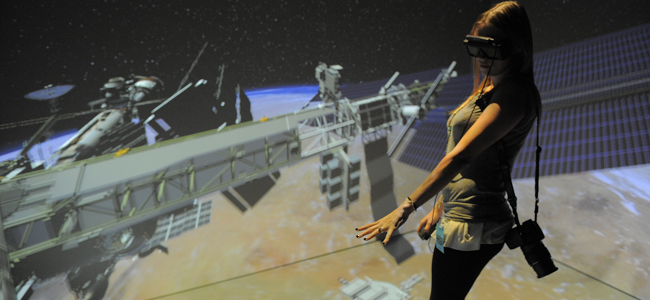A Cardiff school has adopted beacon technology for use in its classrooms, and is the first to do so in Wales. Mary Immaculate High School in Wenvoe has been working with edtech company Aspire2Be for the past six months, enabling pupils to access learning resources and exercises related to their lessons mobile devices.
What are the essential resources for the supply teacher? Sharon Wood, founder of National Supply Teacher Week, takes a look at her absolute favourites.

On supply, normal rules don’t apply. You may be left a set of plans, fully resourced, for the day. Or you may turn up with five minutes (10 minutes after you received the call to go) before the children arrive, to an empty desk, a missing laptop, and no password for the photocopier. You don’t know that the children have some work to finish off in any spare five minutes. You need to make sure that the children are fully occupied and engaging with their task to help minimise fuss and poor behaviour. You may be warned assembly is a 9:30 sharp, only to arrive and discover that it has been cancelled for today. In short, you need help! From five minute time fillers, to whole session activities ideas on the hop, apps are an essential tool for supply teachers.
This question is still the subject of many debates, and was at the forefront of my mind when receiving 1:1 devices at the start of my journey with my first Y6 class! After my NQT year, which began in September 2013, I was asked to move into Y6, a daunting thought at the time. Not only that, but a set of brand new 1:1 devices were wheeled into my classroom for the children to use. At first I didn’t know where to start, as there were so many different things the children would be able to do with them. The question that really struck me was ‘what real impact would they have on the children’s progress?’
Since being introduced to the world in January, the Microsoft HoloLens has been picking up both steam and hype, with the tech giant recently announcing that it will also be used for gaming with the Xbox One. But what can this device offer the classroom? We ask two teachers for their thoughts.
We asked Gillingham School’s Mike Tidd and Kings Monkton Private School’s Adam Speight for their thoughts on the Microsoft HoloLens.
What comes to mind when you think of Goldilocks? Sweet, innocent little angel with pigtails and a healthy appetite? Maybe. However, when planning for a literacy unit on traditional tales, I decided to focus on the true moral of the classic fairy tale by portraying Goldilocks in a new light: as a porridge thief!
When thinking about what we would like our students to be able to do, the above definition really appeals to me. I believe that in preparing our learners for the real world, which is competitive and often challenging - we should also be teaching them how to (in the words of the dictionary definition) create ‘meaningful ideas, forms, methods and interpretations.’ We don’t want our students to be passive consumers of digital or analogue culture, I want them to be involved in shaping it.
The technological landscape in schools is always evolving. As consumer trends like social networking, mobile applications and smart devices continue to make their way into the classroom, students are increasingly expecting an atmosphere of more interaction and less presentation. Beyond their expectations, the reality is that – as shown by multiple studies – students learn more through interaction and doing things for themselves, rather than passively absorbing content.
John Dewey, probably the most influential of all American philosophers, was born in Vermont in 1859. After graduation from the University of Vermont he received a PhD from The John Hopkins University and taught at a number of major universities, gaining an international reputation for his contribution to the pragmatic approach to philosophy (Dewey, 1938).
Teachers often excel at opening up new worlds for learning all in their pupils’ minds. If they want to go one step further, says AVonics director John Marsh, they can try immersive environments...

The last five years have seen a dramatic change in the way we receive and process information. We rely on the digital world for news, questions and opinions. So why should our teaching environment be any different?

A community-driven platform for showcasing the latest innovations and voices in schools
Pioneer House
North Road
Ellesmere Port
CH65 1AD
United Kingdom